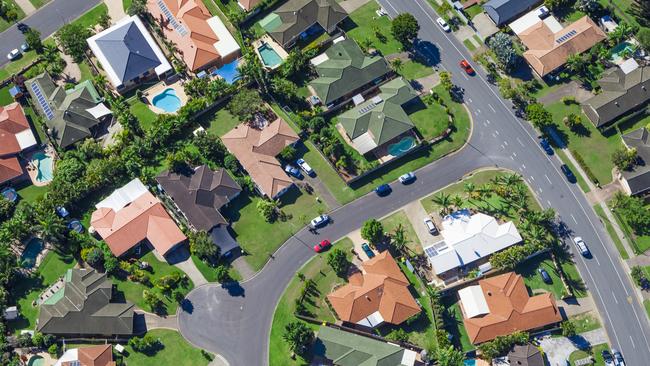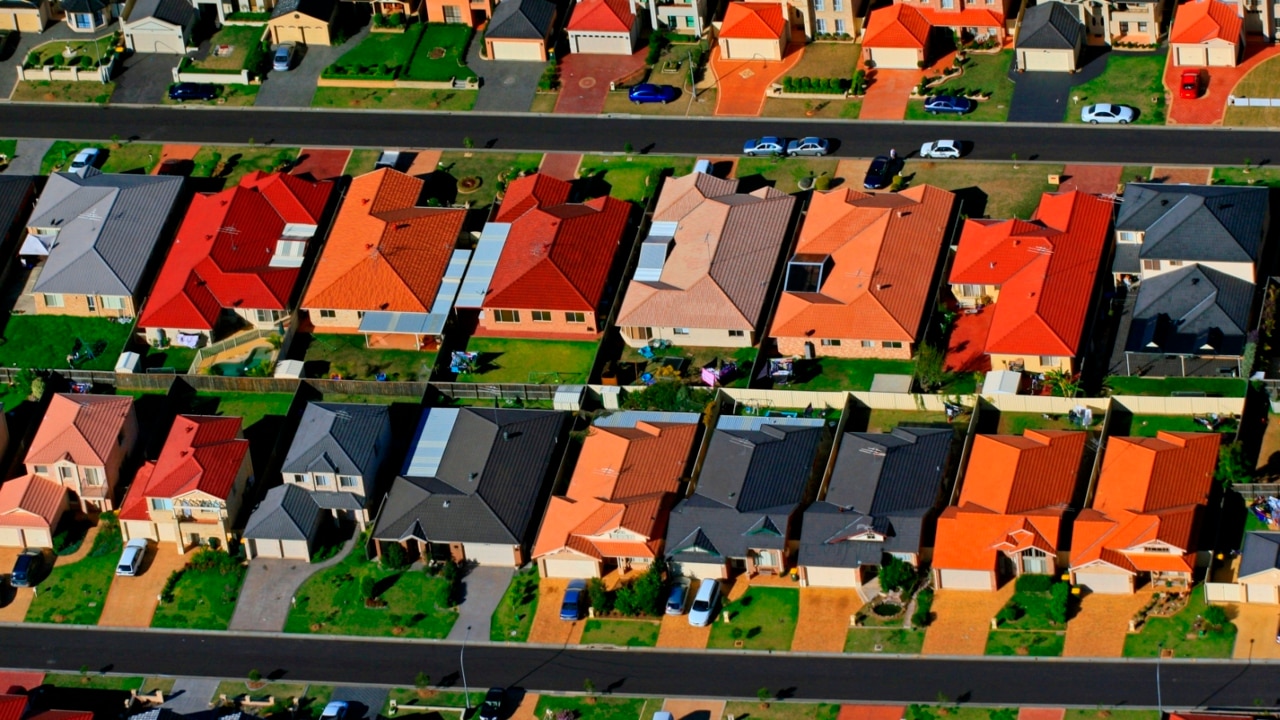More affordable suburbs staying strong on property prices
More affordable housing and bigger lots further from the city have helped place a floor under prices on the fringes of Australia’s five biggest capitals.

Property prices are holding firm in outer suburbia as spring gets off to a slow start.
More affordable housing and bigger lots further from the city have helped place a floor under prices on the fringes of Australia’s five biggest capitals.
Home Price Index mapping by PropTrack breaks down each city into statistical regions and highlights annual changes in values to September.
Southwest and outer southwest Sydney – which includes Liverpool, Wetherill Park Campbelltown, Camden and Tahmoor – recorded prices 4 per cent above the same time last year. In comparison, Northern Beaches declined 1 per cent.
It was a similar situation in Melbourne, the city’s west from Wyndham to Melton up 3 per cent, and southeast from Chadstone to Bunyip up 2 per cent. That change contrasts with a 6 per cent drop in the inner south.
PropTrack economist Angus Moore said the pandemic still influenced buyer decisions, while the reduced borrowing capacity was forcing some to look further out.
“There’s probably two things driving this trend,” Mr Moore said. “One is a continuation of what we saw during the pandemic; people want more space, want bigger dwellings … (and) it seems to be persisting.

“That means areas where you can find the bigger dwellings, which is mostly going to be outer suburbs, are going to be outperforming (inner areas).
“The other aspect of it is these are typically more affordable areas. In an environment in which interest rates have risen very briskly and people’s borrowing capacities come off, we might be seeing some buyers starting to look a bit further out at more affordable price points, and that’s supporting prices for these more affordable areas.”
In the smaller cities, prices were still up across the board on an annual comparison. Ipswich, west of Brisbane, was up 20 per cent as of last month, double the city’s capital (up 10 per cent).
Adelaide’s north outpaced the Central and Hills region, up 20 per cent to 14 per cent. Perth’s southwest was up 9 per cent.
Ray White economic analyst Will Clark said outer and regional suburbs typically dominate growth because they had the most vacant land and dated property available for development and capitalisation.
After a busy winter as homeowners looked to sell before the rate pinch affected prices, spring was also expected to be active – though not to reach the heights of the past two years. But poor weather down the east coast may have dampened enthusiasm.
Mr Moore said transaction and listing activity has been falling over the past few months compared to the start of the year.
Home prices are expected to fall 15 to 20 per cent top to bottom over the coming 12 to 18 months. It is not uncommon for a housing downturn to be led by expensive pockets of the market.






To join the conversation, please log in. Don't have an account? Register
Join the conversation, you are commenting as Logout